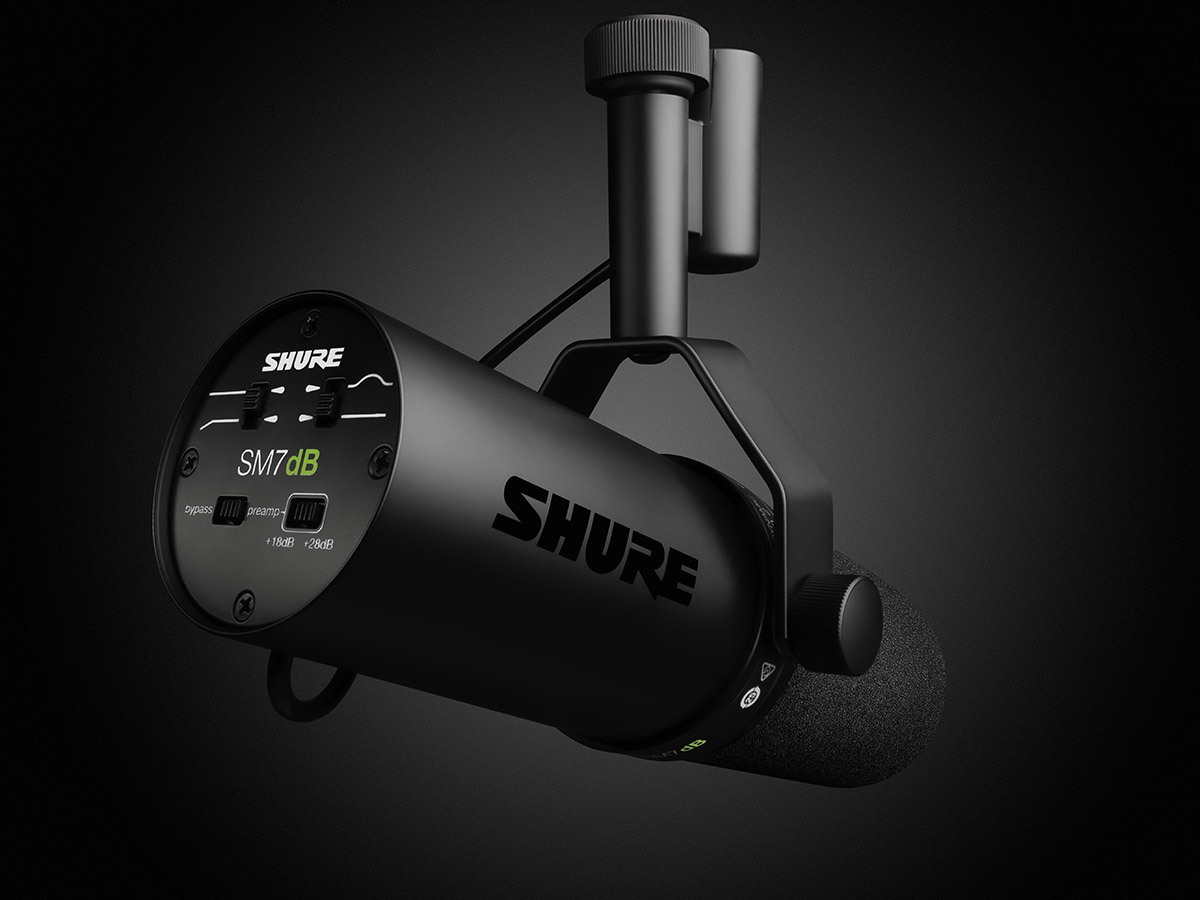
If you’re starting a podcast or upgrading your setup, choosing the right microphone is key. Not all mics are created equal—different types capture sound differently, and the best choice depends on your recording environment and goals.
1. Microphone Types: Dynamic vs. Condenser
- Dynamic Microphones: Best for untreated rooms, these mics reject background noise well. They handle loud sounds and are common in radio and live settings. Popular choices: Shure SM7B, Rode PodMic.
- Condenser Microphones: More sensitive, capturing detailed, natural sound—great for studio use but prone to picking up background noise. These require a quiet space. Popular choices: Rode NT1, Blue Yeti (USB condenser).
Which should you choose?
- If your recording space is untreated (no soundproofing), go dynamic.
- If you record in a treated, quiet environment, a condenser will capture more detail.
2. USB vs. XLR Microphones
- USB Mics: Easy to use, plug-and-play. Good for beginners but limited in upgradability. Best for solo podcasters or remote interviews. Examples: Samson Q2U, Shure MV7 (USB & XLR).
- XLR Mics: Require an audio interface but offer better sound quality and control. Used in professional setups. Examples: Rode PodMic, Electro-Voice RE20.
Who should choose what?
- USB if you need convenience and quick setup.
- XLR if you want the best sound quality and future expandability.
3. Polar Patterns: How a Mic Captures Sound
- Cardioid: Picks up sound from the front, rejecting noise from the sides and back. Best for solo podcasting.
- Omnidirectional: Captures sound from all directions—good for group discussions but picks up background noise.
- Bidirectional (Figure-8): Captures sound from the front and back—great for interviews with two people facing each other.
For most podcasters, a cardioid dynamic mic is the best choice.
4. Sound Quality: What to Consider
- Frequency Response: Determines how well the mic captures different tones. Flat response mics sound natural, while others emphasize bass or treble.
- Sensitivity: Higher sensitivity picks up more detail but also more background noise.
- Self-Noise: Lower self-noise = cleaner recordings (important for condenser mics).
A Shure SM7B has a smooth, radio-style sound, while an Audio-Technica ATR2100x is crisp and budget-friendly.
5. Best Microphones for Different Uses
- Solo Podcasters (Budget): Samson Q2U, Audio-Technica ATR2100x
- Intermediate Podcasters: Rode PodMic, Shure MV7
- Professional Podcasting: Shure SM7B, Electro-Voice RE20
- Multi-Person Podcasts: Rode NT1 (if studio-treated), multiple Shure SM7Bs for XLR setups
Final Thoughts
Your microphone should match your environment and goals. A budget USB mic is great to start, but XLR mics offer better long-term quality. Want your podcast to sound professional? Contact us for expert editing services!
